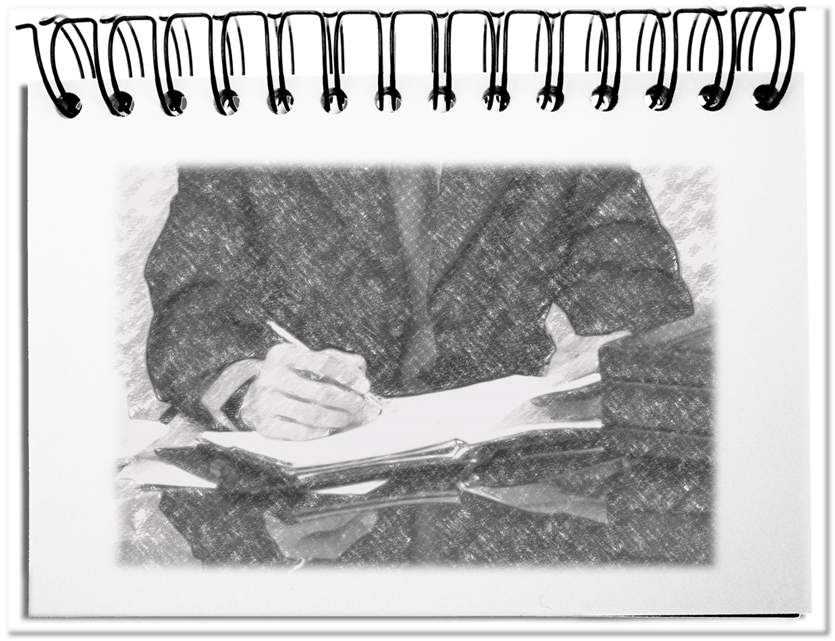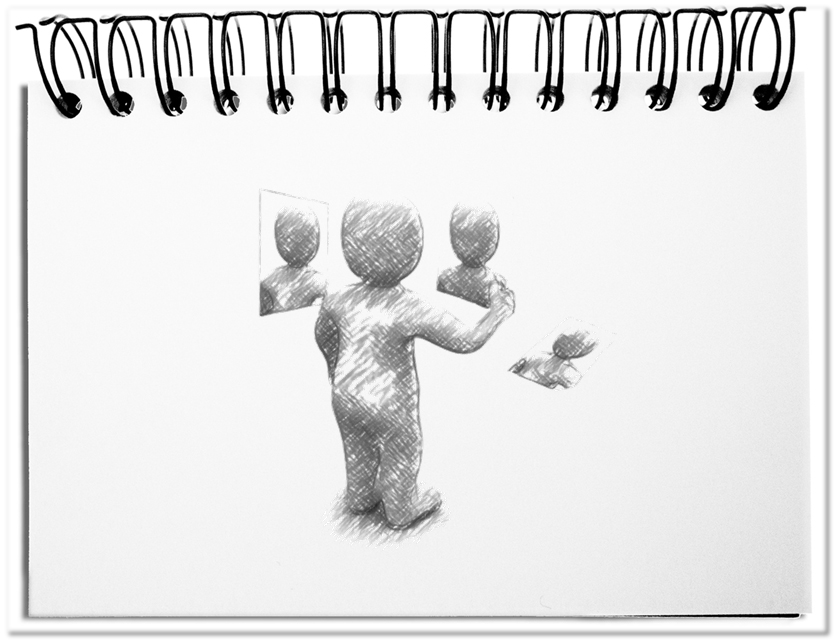The good offer is determined by an appropriate price. But when does it fit? In the simplest case, two variables determine the offer: 1) the price per unit and 2) the sum of the units. The unit is determined by the experience of the participating employees. The required effort to deliver the service results from the outcomes – the products and services. On the one hand, this scheme can be detailed as desired – into ever smaller components and distributed over different shoulders. On the other hand, even a rough approximation and the average unit price are enough to obtain a rough estimate. In both cases, the variables of the formula (price per unit x number of units = price) indicate the character of the supplier.
Some providers, let’s call them type S, pursuit revenue. The only goal is the next completion – the bigger, the better. The others, let’s call them type R, attach importance to a fruitful, long-term cooperation. They take care of trustful customer relations. How can you distinguish between these two characters based on the offer?
- Unit price
A unit is a piece, a quantity or an hourly or rather a daily rate. Depending on the quality of the unit, the charger can be higher or lower. The higher quality costs more than cheap. The experience of the service provider determines the daily rate. In addition, volume scaling’s can influence the price – the larger the order, the lower the unit price. In the case of services, customers benefit from a fixed price, thus shifting the risk of the outlays to the provider.
In the context of the presentation of the offer, the character of the offeror is revealed on the basis of its focus (variable 1 or variable 2). If you ask what happens if other units are used or additional requirements are needed, such as language or mobility of the workers, then detailed price scales reveal type S and detailed technical explanations type R. - Number of units
The estimate of the outlay depends on the experience of the provider and the level of detail of the offer calculations. The final offer is only the tip of the iceberg – and clients assume that providers have gained a clear picture of the acuteness of the contract. Each tender should at least cover the requirements and contain the following information: List of requirements, prerequisites, planned units, schedule with important milestones and the deadline.
Here too, it is worthwhile to vary the requirements to see how suppliers react. The answers regarding the costs indicate type S and regarding the technical consequences type R. Answers without long explanations are in both cases a clue of rough estimates. - Competitive situation
Nowadays, buyers are forced to obtain several offers in order to keep prices competitive. The suppliers do not necessarily know their competitors. If it has become common practice that several suppliers apply and always the same ones get the contract or the cheapest offer is always used, then the prices of the winners and the others can become distorted. The winner can expect to adjust the estimates more easily in the running project – the main goal is to win the order. If a provider is repeatedly not selected, the creation of the offer is perceived as a waste of time and the quality of the offer goes down.
In order to not compare apples and oranges, you should examine skeptically the cheapest and the repeated winners. In both cases, the bids may be insufficiently well prepared, which in the long term becomes a rising risk for the project. If the prices are quickly adjusted on demand, it is probably type S. Type R reacts by coherently adjusting the contents. - The description reveals the character
When the offer is presented, the argumentation of the provider indicates its character. If the focus is on price scales and different pricing schemes are explained, the provider is likely to take care of the pecuniary aspects. If different solutions as well as the pros and cons of the variants are presented, then the provider has considered the task and is able to adapt the offer conclusively.
If from the beginning costs are paramount and additional discounts are offered, then the possibilities and consequences of the offer may be insufficiently prepared (type S). If, however, the technical aspects are the focus of attention (type R), then the content of the available offers should be compared in order to create a comparable basis and to avoid subsequently unpleasant surprises.
The character is difficult to recognize, if the clients themselves do not know what to do. With the long practice of outsourcing, ordering decision-makers forget the parameters of outsourcing that go beyond the total price and can no longer retrace the effort. If the characters of the providers are not accessible to them with the above points, then they cannot use these hints to assess the offer. The assessment of the providers becomes a matter of faith and trust.
Bottom line: Over the years, experienced clients have lost the ability to describe their own requirements in such a way that an offer can be reasonably assessed. In the end, these buyers can only see, which offer is the cheapest. The offerors take advantage of this weakness and try to sell poorly prepared, unfinished solutions. For this reason, the offers should be examined carefully. What is the price per unit? What is the value of a unit? How was the offered number of units calculated? What is the impact of the procurement practice? Which variable is the most important to the offeror? Many projects fail due to no or only parts of the agreed results. In order to reduce this risk and to be able to master the negotiations more confidently, one should recognize the preferred variables of the provider and learn to distinguish type S from type R. The character of the provider is reflected in the offer.


